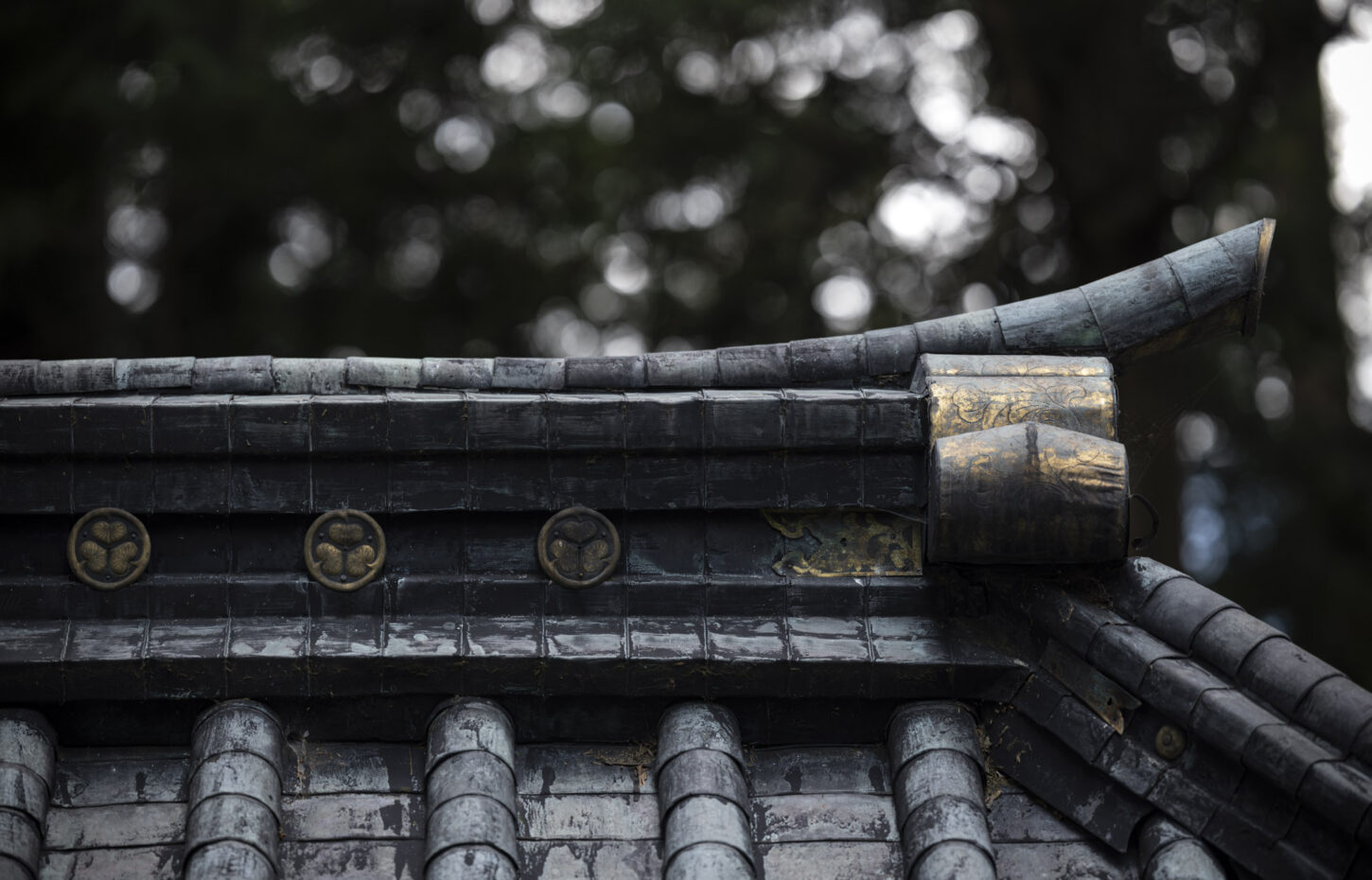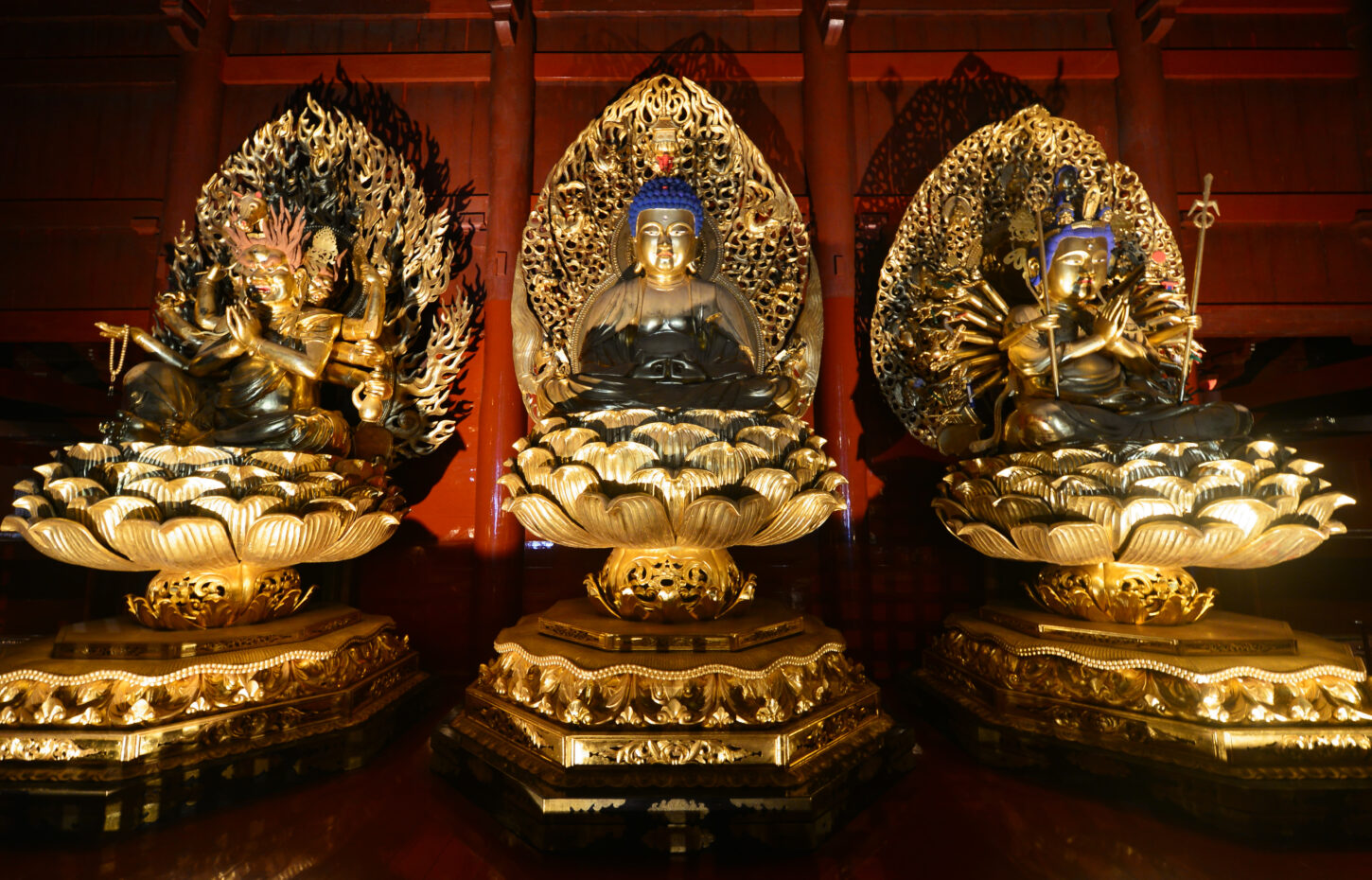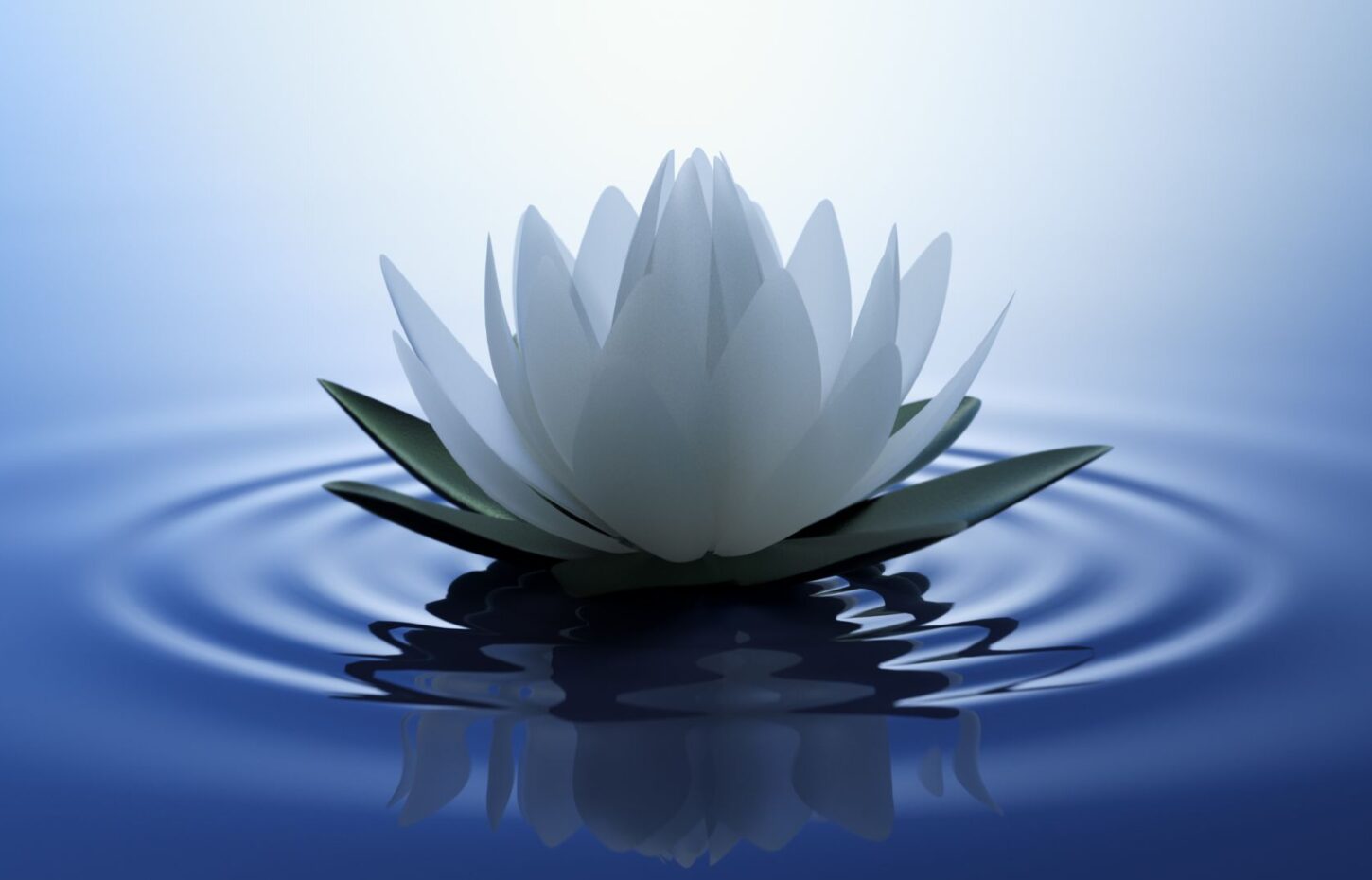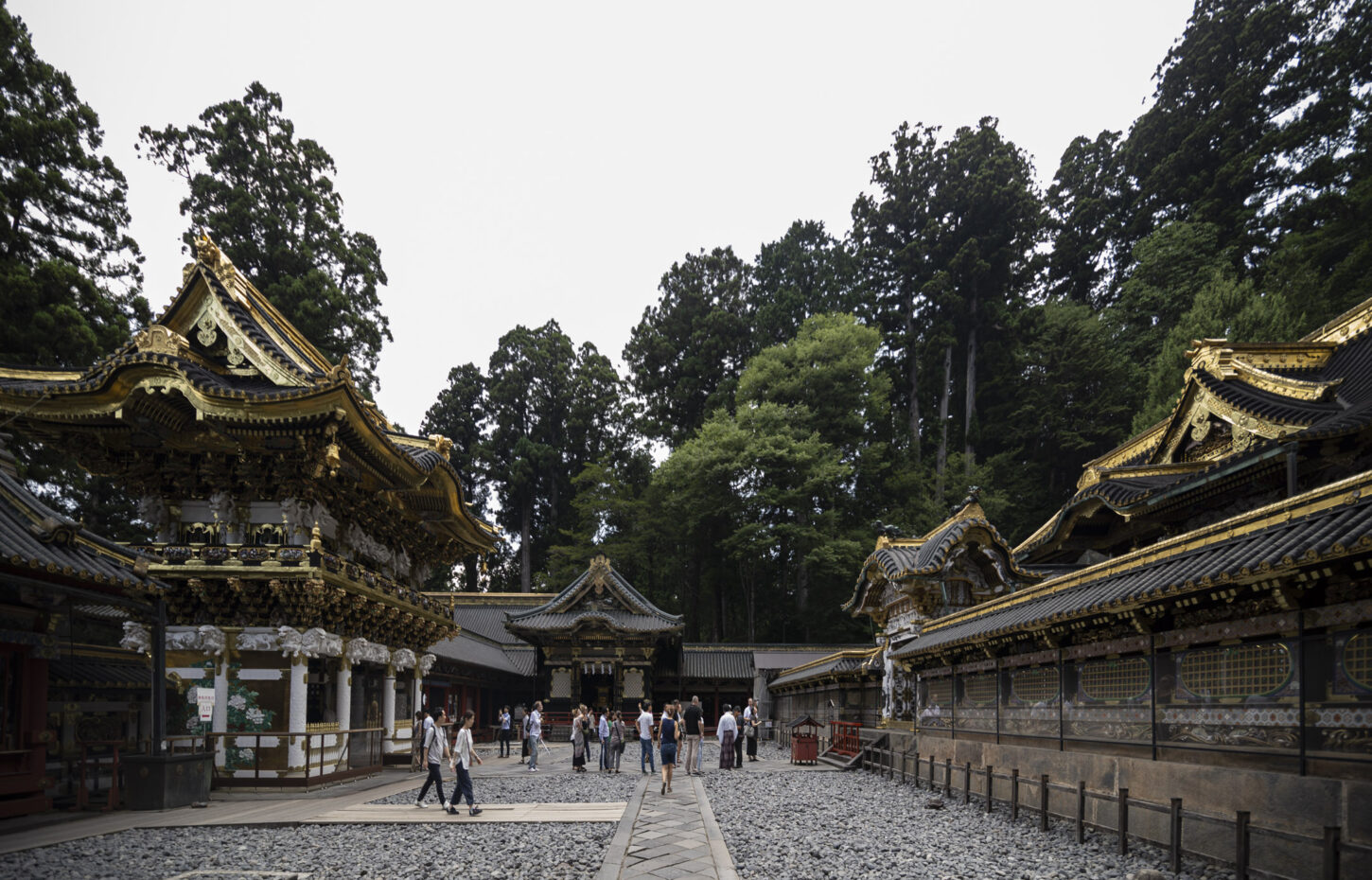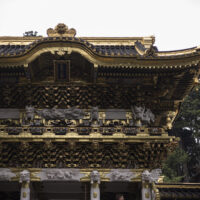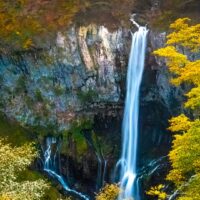Gohonsha: Exploring the Essence of a Japanese Five-Element Shrine
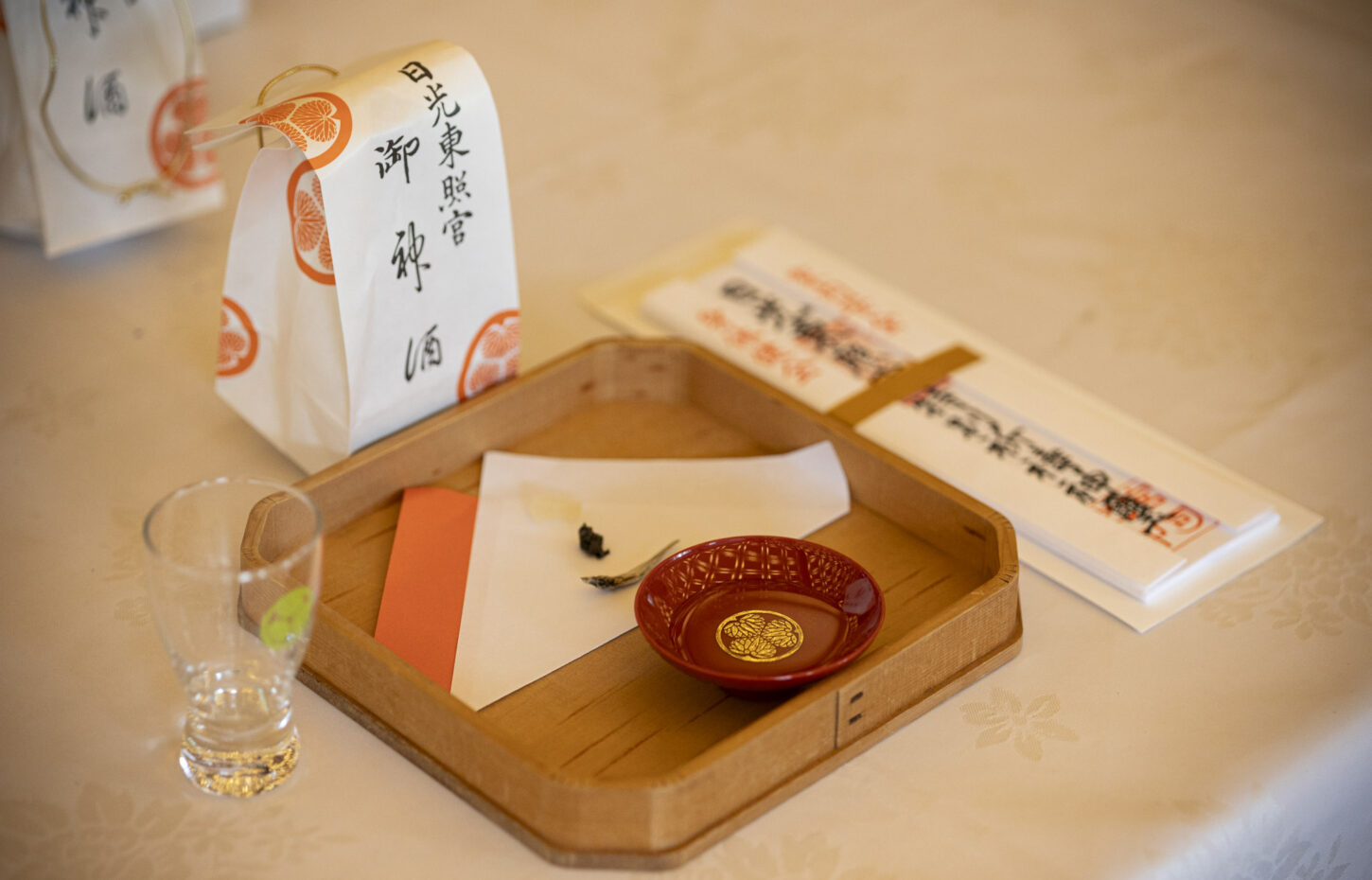
Throughout sacred spaces of Japan, Gohonsha is a particular kind of shrine that
embodies the profound connection between nature, spirituality, and the ancient
belief in the five elements. Rooted in Japanese Shintoism and cosmology,
Gohonsha offers visitors a unique glimpse into the cultural and natural symbolism
that has shaped the spiritual landscape of Japan for centuries. Let us embark on a
journey to explore Gohonsha, its history, the symbolism of the five elements, and its
enduring significance in modern Japan. Nikko, as well as many others, is home to a
“Gohonsha”, and as such bears some need for some further investigation.
Gohonsha’s Historical Roots
Gohonsha, which translates to “Five-Origin Shrine,” has its origins deeply
intertwined with Japan’s indigenous Shinto beliefs. Shintoism reveres the kami, or
spirits, that inhabit natural elements such as mountains, rivers, hills, trees, and
rocks. Gohonsha was established as a place of worship and reverence for these
kami, symbolizing the sanctity of the natural world.
The Five Elements
At the core of Gohonsha’s spiritual significance are the five elements, or “Gogyo,”
which are central to Japanese cosmology. These elements—Earth (Chi), Water
(Sui), Fire (Ka), Wind (Fu), and Void (Ku)—are believed to be the building blocks of
the universe. Each element is associated with specific qualities and kami:
Earth (Chi): Symbolizes stability, fertility, and the spirit of kami inhabiting the
land.
Water (Sui): Represents the purifying and life-giving properties of water,
essential for human existence.
Fire (Ka): Signifies transformation, illumination, and the kami of fire.
Wind (Fu): Embodies movement, change, and the unseen forces that shape
the world.
Void (Ku): The element of space, emptiness, and the infinite potential of the
universe.
The Symbolism of Gohonsha
Gohonsha serves as a place of reverence and ritual to honor the kami associated
with these five elements. The shrine’s architecture, rituals, and ceremonies are
designed to harmonize with the natural surroundings, creating a sense of unity with
the elements. Visitors to Gohonsha often participate in rituals that involve offerings,
prayers, and purification ceremonies, all of which are believed to bring them closer
to the kami and the natural world.
Modern Significance
In Japan today, Gohonsha continues to hold cultural and spiritual significance.
Many people visit shrines to seek blessings, offer prayers for prosperity, and
connect with the timeless wisdom of Shintoism. Gohonsha’s serene and
harmonious environment serves as a respite from the hustle and bustle of modern
life, allowing visitors to experience a sense of peace and spiritual connection.
Gohonsha, the Five-Element Shrine, is a connective tissue for Japan to the
reverence for nature and its enduring spiritual traditions. It offers a profound insight
into the cultural and cosmological significance of the five elements and their impact
on Japanese spirituality. As visitors and pilgrims step into the sacred precincts of
Gohonsha, they are invited to partake in a timeless journey of connection and
harmony with the natural world—a journey that continues to inspire and enrich the
lives of those who seek its wisdom.
-1-1450x930.jpg)
